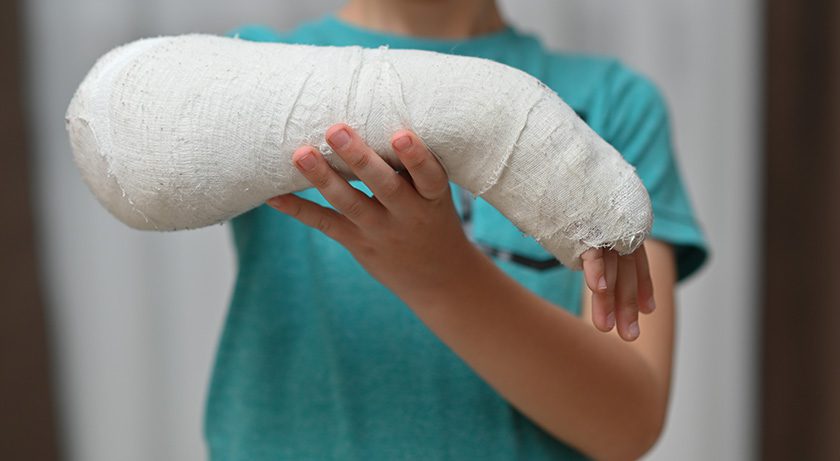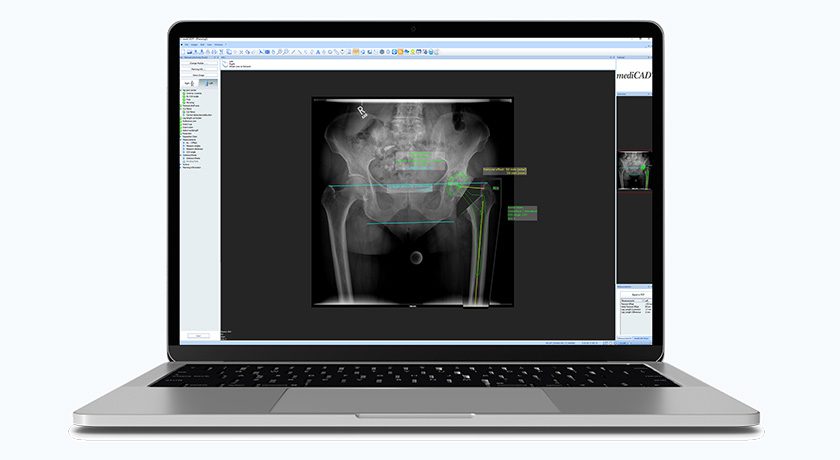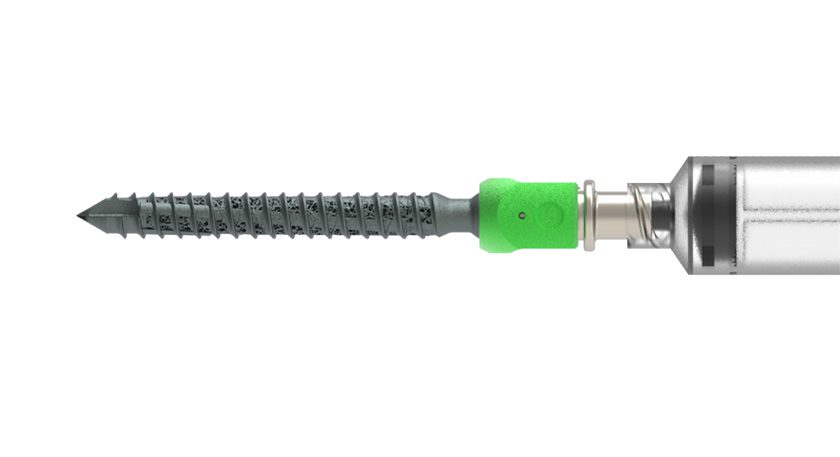
 Copy to clipboard
Copy to clipboard 
SpineVision received FDA 510(k) clearance and CE Mark approval for its 3D-printed, titanium HEXANIUM transforaminal lumbar interbody fusion (TLIF) cage.
The next generation HEXANIUM TLIF cage combines a titanium surface—designed for rapid osseointegration—along with a porous, honeycomb-like structure to maximize bone ingrowth and ongrowth from endplate to endplate, according to SpineVision. The cage is also designed to reduce the risk of subsidence in disc height, post-op.
The device is the first in a line of 3D-printed implants SpineVision plans to introduce.
Sources: SpineVision
SpineVision received FDA 510(k) clearance and CE Mark approval for its 3D-printed, titanium HEXANIUM transforaminal lumbar interbody fusion (TLIF) cage.
The next generation HEXANIUM TLIF cage combines a titanium surface—designed for rapid osseointegration—along with a porous, honeycomb-like...
SpineVision received FDA 510(k) clearance and CE Mark approval for its 3D-printed, titanium HEXANIUM transforaminal lumbar interbody fusion (TLIF) cage.
The next generation HEXANIUM TLIF cage combines a titanium surface—designed for rapid osseointegration—along with a porous, honeycomb-like structure to maximize bone ingrowth and ongrowth from endplate to endplate, according to SpineVision. The cage is also designed to reduce the risk of subsidence in disc height, post-op.
The device is the first in a line of 3D-printed implants SpineVision plans to introduce.
Sources: SpineVision

You’ve reached your limit.
We’re glad you’re finding value in our content — and we’d love for you to keep going.
Subscribe now for unlimited access to orthopedic business intelligence.
JV
Julie Vetalice is ORTHOWORLD's Editorial Assistant. She has covered the orthopedic industry for over 20 years, having joined the company in 1999.







